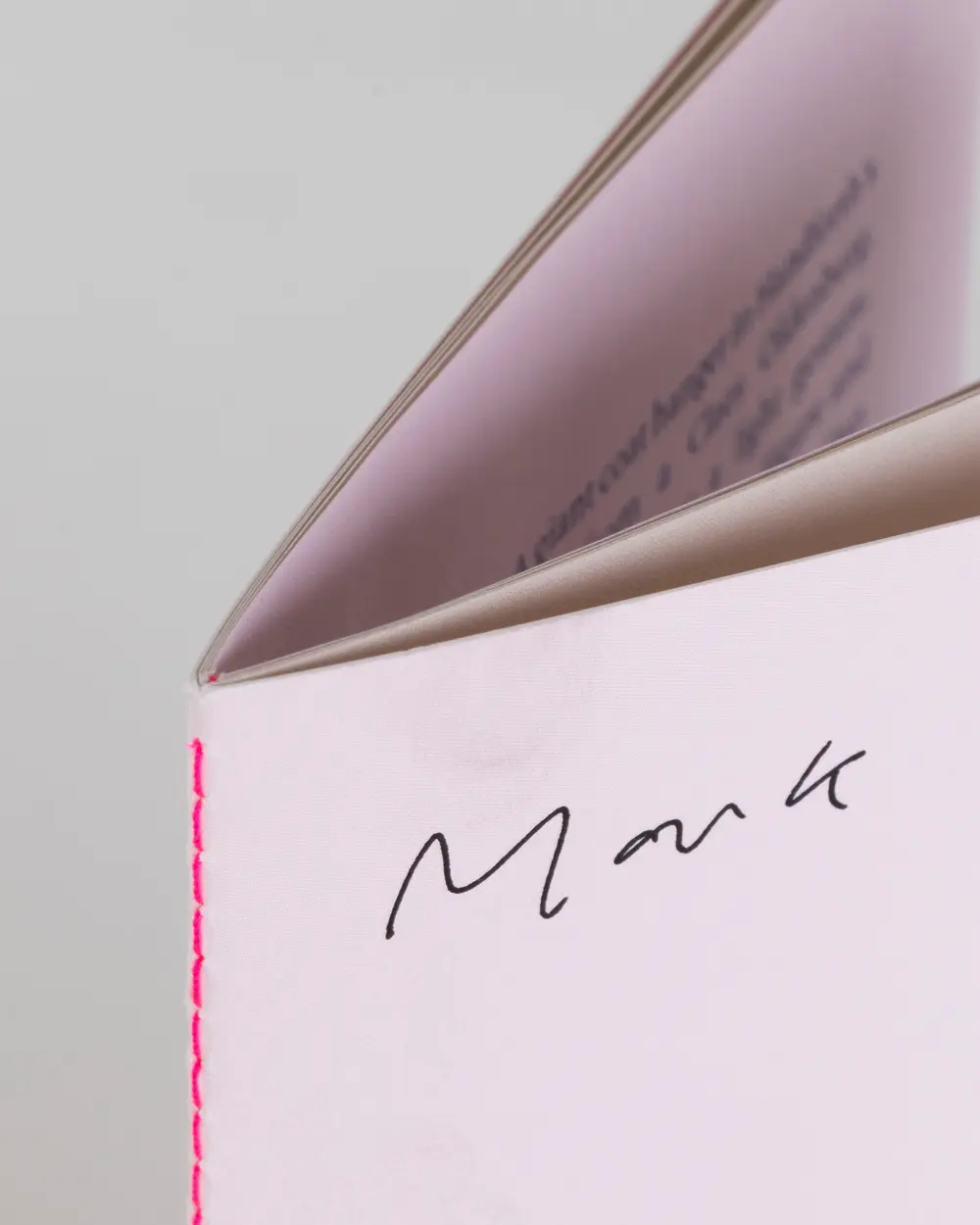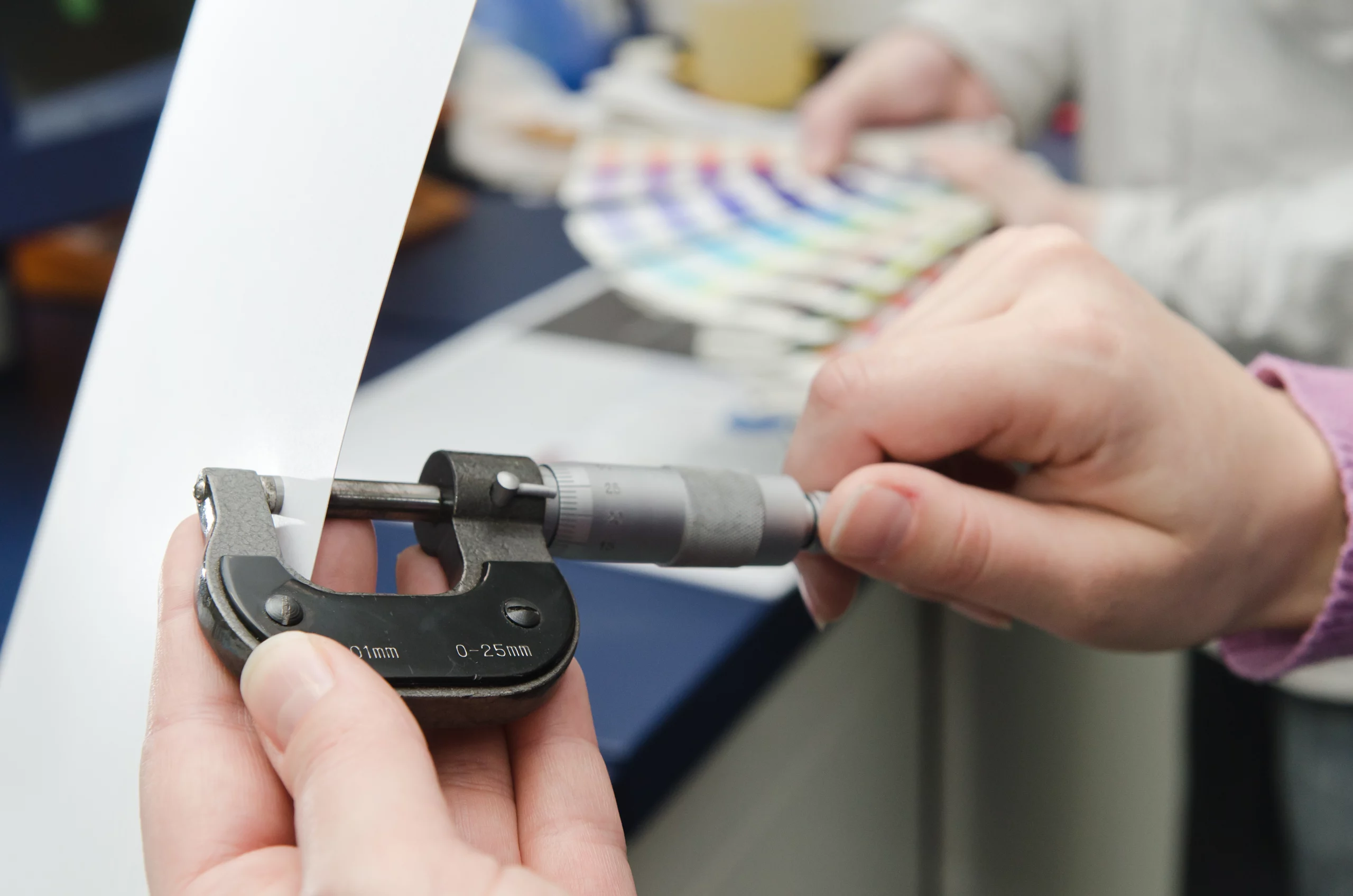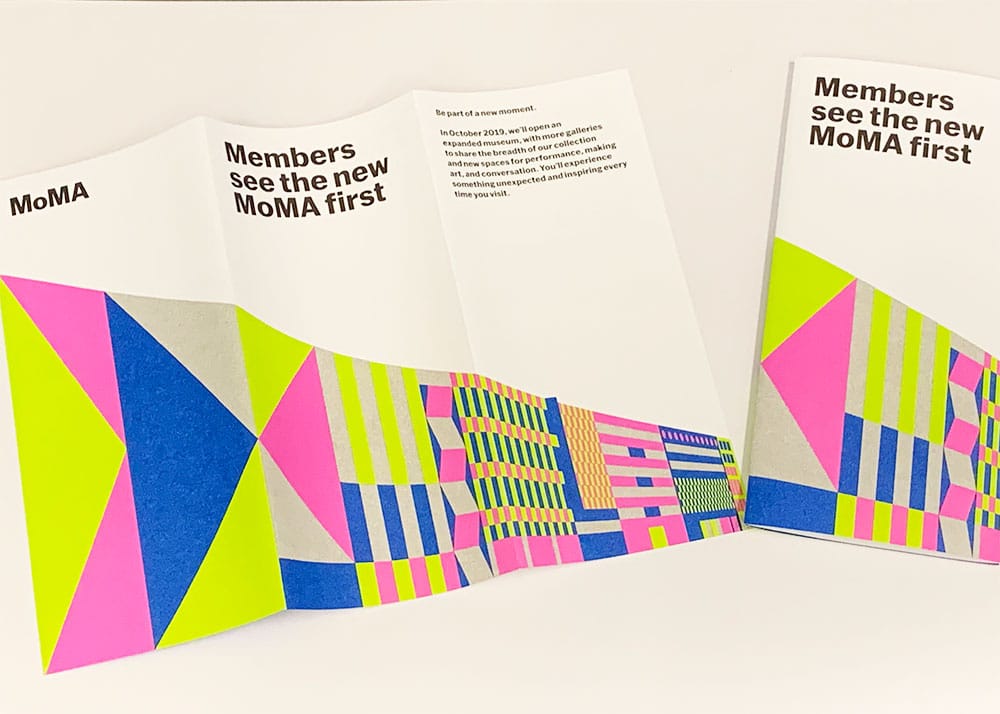Why Offset Printing is Different
One common misconception about printing is that it’s always as simple as clicking “print” on a computer and having a neat stack of paper fresh from the printer minutes later. To get the best details, colors, and results, many professional printing jobs take a little longer to set up and execute properly. This includes offset printing – one of the most stunning but also misconstrued printing processes.
When we think of the printing process, most of us envision printers embedding an image directly onto paper. Offset printing works differently and gets its origins from lithography, a printing process that originated in 1796 as a cost-effective method of printing theatrical works. While offset printing, or modern lithography, has evolved significantly since the 18th century, it still operates on one simple fact – oil and water don’t mix.
During the offset printing process, the ink rollers on the printing press transfer from the image file directly onto a printing plate. Once plated, the image areas are ink receptive and water repellant, and the non-image areas are water receptive and ink repellant. This ensures that the non-image area remains ink free. From the plate, the image is transferred onto a flexible rubber sheet on the press. As the paper passes through the press, between the rubber sheet and the impression cylinder, the image is then transferred onto the paper. This printing process is called “offset” because the ink is offset to the rubber blanket and then to the paper.
Popular Products for Offset Printing
- Book Printing13 standard sizes. 2 bind types.
- Magazine Printing13 standard sizes. 2 bind types.
- Newspaper Printing13 standard sizes. 2 bind types.
- Catalog PrintingSomething else here...
- Flyer Printing17 standard sizes. 2 bind types.
- Booklet Printing13 standard sizes. 2 bind types.
- Brochure Printing13 standard sizes. 2 bind types.
What to Expect with Offset Printing
Although offset printing may seem old-fashioned, the clear, crisp lines and details on offset jobs often take a level of preciseness that can’t be duplicated through other printing methods. With offset printing, we can achieve optimal results at high volume and speed. But even though the offset process runs with maximum efficiency once it’s set up, setting up an offset job does take a little more time to perfect. Getting the plates, rubber blanket, and image just right in the printing press is important to us, and for that reason, a little more lead time may be necessary to get the job done right.
The advantages of choosing offset printing vs digital printing are:
- Large quantities can be printed at a lower cost
- Unlike other printing methods, the more you print, the more cost-effective it is
- Jobs can be accomplished in either black or CMYK colors
- Offset has the highest possible printing quality with flawless detail and color balance
- Flexible options with paper types and custom finishes
The expected turnaround time for an offset job depends on the specific details, but we will discuss this with you during the planning process and work with you directly to make sure you get what you need, when you need it.
What Jobs Qualify for Offset Printing?
Offset printing typically works best for projects that require a large run. What qualifies as a large run can vary by product based on how many pages we can arrange on a single sheet of paper. For example, a large run of books could be anything exceeding 500 pieces or 64 pages, as books contain many pages. A large run of flyers would likely be much larger, as a flyer only consists of a single page. As a rule of thumb, if you’re interested in offset printing, ask your printer about the job you’re looking to print. We can guide you to the most economical and best-suited method for your job.
However, we often see the following file types printed offset:
- Annual reports
- Books
- Catalogs
- Magazines
- Newsprint
- Many more
Our clients have seen a lot of success using offset printing for these types of projects, but just because you don’t see your project in this list doesn’t mean it’s not possible. Reach out to us to learn more about the advantages of offset printing and if your future project could benefit.



